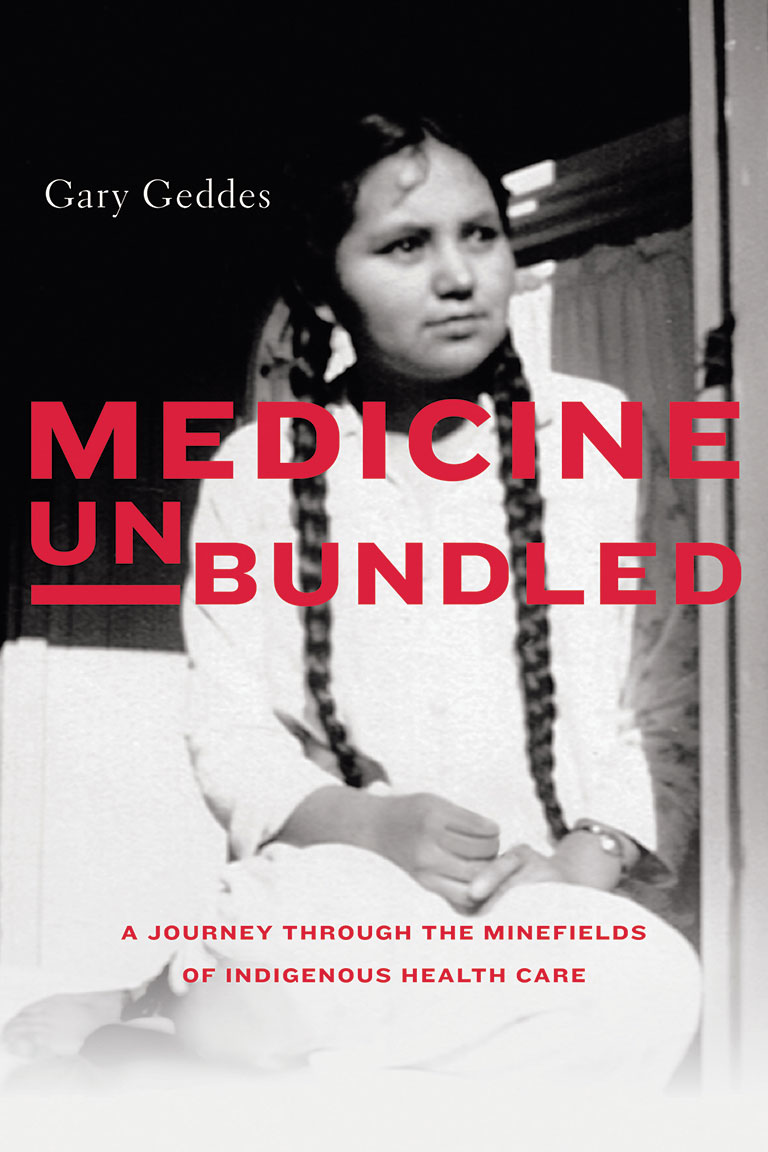Francis, M. (2015). We Need to Address the Real Roots of Racial Violence. TEDxRainier. Retrieved from https://www.ted.com/talks/megan_ming_francis_we_need_to_address_the_real_roots_of_racial_violence
In this talk, Megan Ming Francis delivers a powerful speech on the overwhelming presence of racial violence in the United States that continues to disproportionately target black men in particular. Francis describes her own brother’s experience with racially motivated police violence and brutality, which she describes with immense anger, emotion, and frustration. Francis emphasizes how rather than focusing on how we can ‘fix’ this issue and eliminate racial violence, we must instead recognize, and reflect on the deeper root causes behind this systemic racism plaguing the United States. Although this talk focuses on the anti-black racism plaguing in America, BC teachers can bring this resource into their classrooms to elicit discussion and conversation about the complex roots behind the issue of racism in our societies. Francis’s experiences with racial profiling can provide students, particularly those who may never have experienced this kind of racial discrimination, a clear sense of how this issue continues to exist and target racially marginalized communities. This TED talk is only 20 minutes long and is easily accessible, thus teachers may choose to play the entire clip for students, or even assign this video for students to watch independently as a homework assignment. This resource would likely be most successful and impactful in a senior level social studies course such as Social Justice or Law, however if teachers provide enough context into these contemporary issues, this can be integrated into junior grade 8-10 social studies classrooms as well.
Kendi, I. X. (2020). The Difference Between Being “Not Racist” and Antiracist. TED. Retrieved from https://www.ted.com/talks/ibram_x_kendi_the_difference_between_being_not_racist_and_antiracist
In his talk, Ibram X. Kendi discusses the need for society to move away from the common “not racist” narrative, towards an active anti racist stance that recognizes and confronts the factors driving systematic racism in our world. In this talk, Kendi does an excellent job of describing the difference between ‘non racism’ and ‘anti racism’ for those who may not be familiar with these terms in a clear, powerful manner. Kendi talks about the harmful impact of supporting common racist rhetoric or narratives, and advocates for the need of all individuals, especially people of color, to stand up and act against these discriminatory narratives. Kendi brings current events into this discussion of systemic racism and anti racism, by connecting these subjects to the disproportionate numbers of police brutality, Covid-19 infections, and other contemporary issues in America. Although Kendi’s talk focuses on American society, the arguments he presents can encourage BC teachers to reflect on how they teach these subjects and topics of race, discrimination, racial stereotypes, police brutality etc. Teachers can either use Kendi’s talk as a professional development tool for their own pedagogy, or bring it into the classroom to help students understand the difference between ‘anti racism’ and ‘non racism’. As this TED talk is quite long, teachers can play select clips for students that touch on these particular terms. Teachers can use this resource as a tool for students to understand these terms, recognize the need to develop anti racist strategies, and to connect this idea to other forms of literature, film, media, or historic documents incorporated in the class.
Kleinrock, L. (2019). How to Teach Kids to Talk About Taboo Topics. TED Salon: Education. Retrieved from https://www.ted.com/talks/liz_kleinrock_how_to_teach_kids_to_talk_about_taboo_topics#t-7269
In her talk, Liz Kleinrock describes a difficult situation she had as an educator, when a fourth grade student unintentionally, and unknowingly made an inappropriate racist remark during a lesson. Kleinrock admits her struggle to deal with this situation in a constructive manner that would benefit each student, and encourage them to talk about these subjects but in a respectful, inclusive, anti-racist manner. Kleinrock argues that it is necessary to have these difficult conversations with students of all grade levels, in order to destigmatize these taboo topics of race relations and racism, and engage students in these conversations in a productive manner. While Kleinrock’s talk is geared towards elementary school educators teaching younger students, the issues that she highlights are just as important for high school teachers, especially high school social studies teachers, to consider. This talk is an excellent resource for teachers in their own reflections of their teaching, why they teach, and how to talk about many of these difficult, taboo, or uncomfortable conversations that are so important in the social studies classroom. Liz Kleinrock’s TED talk should prompt teachers to think about how they may respond to difficult comments made in the class that result from simple ignorance or lack of understanding, and why it is so important to discuss these topics such as systemic racism, privilege, racial discrimination, inequity and so on, with students of all ages.





